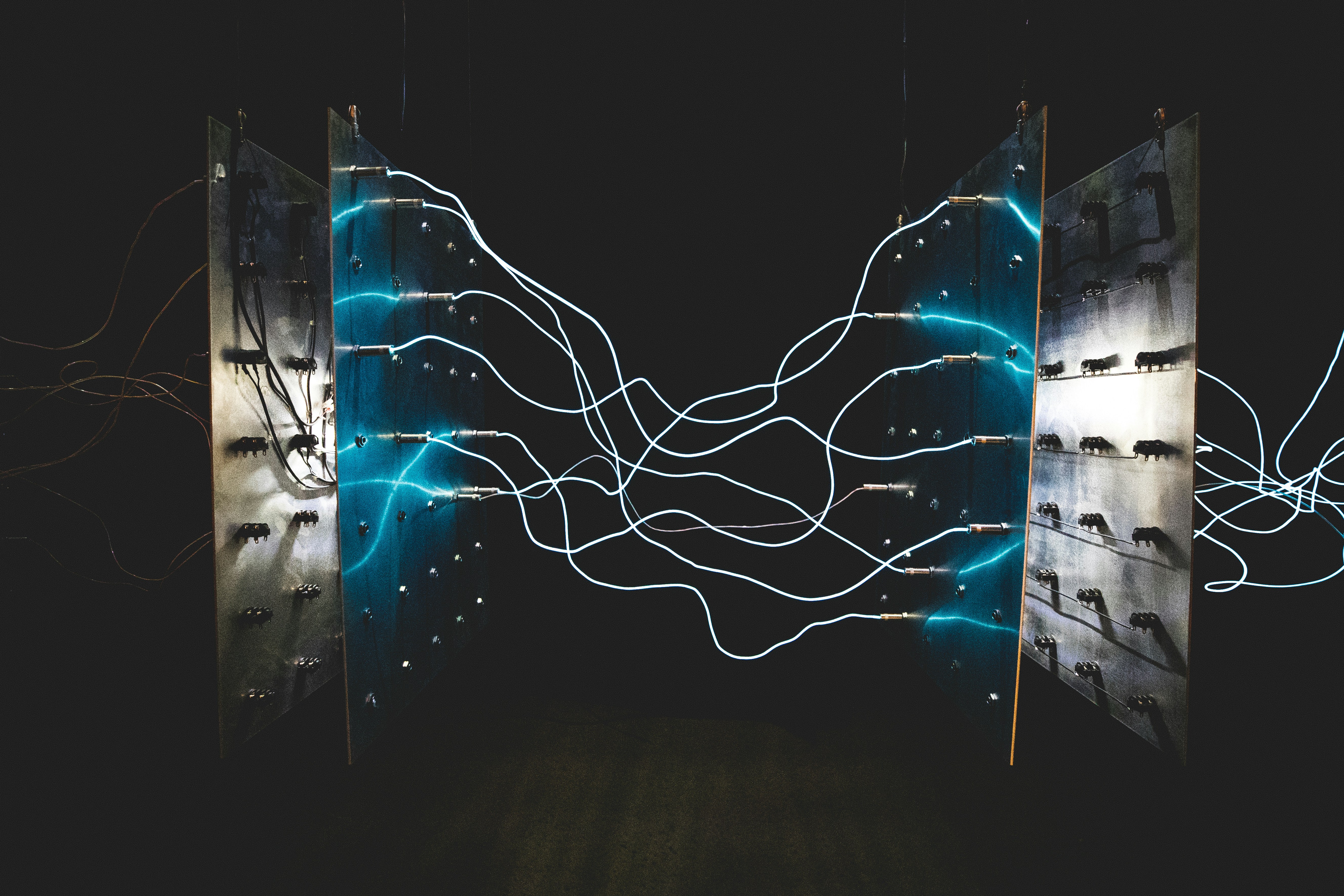Current update: 8/04/23

Recent Findings:
Building upon previous research by Sukbae Lee et al., the current study focused on achieving a larger levitated angle with the synthesized LK-99 crystals. The researchers have successfully surpassed previous results and demonstrated significant improvement in the levitation capabilities of their crystals.
Key Updates:
1. Successful Synthesis: The researchers have successfully verified and synthesized LK-99 crystals that exhibit magnetic levitation properties at room temperature. This achievement eliminates the need for extremely low temperatures, making it more feasible for practical applications.
2. Enhanced Levitation Angles: The recently synthesized LK-99 crystals achieved a larger levitated angle compared to previous studies. This breakthrough paves the way for potential developments in non-contact superconducting magnetic levitation at room temperature.
Here is a compilation of all claims/reports of replication efforts underway that the author knows of. Please note that all reliability classifications are based on the author's personal judgement, and readers should evaluate the details and judge for themselves.
Group | Country | Credentials | Reliability of Claim | Progress/Status | Results | Notes | Sources/References |
Argonne National Laboratory | America | N/A | High | N/A | N/A | ㅤ | |
School of Physics, Nanjing University | China | N/A | High | N/A | N/A | ㅤ | |
Huazhong University of Science and Technology (HUST) | China | N/A | Low | Retrying | Attempt #1 Partial Success (magnetization O, levitation X) | ㅤ | |
Institute of Physics - Chinese Academy of Sciences (IoP-CAS) | China | N/A | Low | N/A | N/A | ㅤ | |
Council Of Scientific And Industrial Research - National Physical Laboratory of India (CSIR-NPLI) | India | N/A | High | Complete | Attempt #1 Failure (diamagnetism X, levitation X) Attempt #2 Failure (XRD analysis O, bulk superconductivity X) | ㅤ | |
Andrew McCarlip | America | Robotics Engineer at Varda | High | Currently synthesizing Cu3P | N/A | ㅤ | |
科学调查局 at Bilibili (Prof. 孙悦 (Sun Yue) at Southeast University (东南大学)?) | China | Professor at Southeast University | High | Complete | Failure? (XRD analysis O, magnetization X, possible weak diamagnetism, superconductivity X) | ㅤ | |
半导体与物理 at Zhihu | China | N/A | Somewhat High | Completed Synthesis, conducting experiments | N/A | ㅤ | |
胡豆 at Zhihu | China | N/A | Somewhat High | Synthesizing final product | N/A | ㅤ | |
关山口男子技师 at Bilibili | China | Claims to work at HUST | Somewhat High | Complete | Failure? (weak diamagnetism O, semiconductivity) | ㅤ | |
Reports relayed through amita on Zhihu (name/affiliation not provided) | N/A | N/A | Low | Complete | Attempt #1, #2 Failure | ㅤ | |
Iris Alexandra | Russia | Claims to be a molecular biologist | Somewhat Low | Completed Synthesis, conducting experiments | Partial Success (diamagnetism, levitation O) | ㅤ |
I'll be updating this post as the situation develops.
Change Log:
- 2023-07-30T1755Z : Updated information regarding 关山口男子技师 at Bilibili, see: Claims of Room Temperature and Ambient Pressure Superconductor
- 2023-07-30T1855Z : Changed to table format instead of list format
- 2023-07-30T1903Z : Added Changelog
- 2023-07-30T2000Z : Updated status and notes for Iris Alexandra, added new twitter thread link, see: https://twitter.com/iris_IGB/status/1685740625017102336
- 2023-07-31T0108Z : Updated results, notes, and references for Iris Alexandra, added new twitter thread link, see: https://twitter.com/iris_IGB/status/1685731177523449856
- 2023-07-31T0114Z : Updated my assessment of reliability for Iris Alexandra based on the new info presented in the above update
Now to the realm of scientific breakthroughs, the discovery of the material labeled "LK-99" has sparked a flurry of excitement and skepticism in equal measures. On July 22, 2023, two enigmatic papers surfaced on arxiv.org, a preprint server for scientific papers often serving as a precursor to peer-reviewed publications. These papers, published merely hours apart, claimed the creation of the world's first room-temperature-and-pressure (RTP) superconductor, a feat that has been a long-standing Holy Grail in the realm of materials science.
The first paper, seemingly written in haste, was credited to three authors, Sukbae Lee, Ji-Hoon Kim, and Young-Wan Kwon. The second, more detailed paper, added three more authors to the mix, while curiously removing Kwon from the list. Adding to the intrigue, Kwon, the removed author, later crashed a science conference to discuss the discovery, despite being unable to demonstrate a sample and having been expelled from the science group months earlier.

The purported properties of LK-99 are nothing short of astonishing. The material, originally synthesized in 1999, not only operates at RTP, but its critical temperature allegedly exceeds the boiling point of water. The synthesis method is shockingly simple, involving the grinding and mixing of Lanarkite (Pb2(SO4)O) and Copper Phosphide (Cu3P), followed by baking at 925°C in a vacuum chamber for a day. This simplicity suggests that the means to discover and synthesize it have been available since the industrial revolution.
The potential implications of a room-temperature superconductor are monumental. Superconductors, electrical conductors with zero resistance, were first discovered when it was noted that resistance drops with temperature. When certain materials reach a specific point, known as the 'critical temperature', resistance drops to zero. This means that no heat is generated when electricity passes through, making the wire 100% efficient with no energy lost over distance. The caveat has always been the need for extreme cold, with temperatures often required to be below -200°C.
Practical applications of superconductor would be:
- 🔋 Longer battery storage
- 🚗 More efficient electric vehicles
- 🏭 Improved power grid efficiency
- 🏥 Better MRI machines for medical imaging
- 🚂 Faster and more efficient trains
- 🚢 More efficient ship propulsion systems
- 🏭 More efficient industrial motors
- 🌡️ Improved refrigeration systems
- 🌊 More efficient wave energy converters
- 🌬️ More efficient wind turbines
Futuristic applications would be:
- 🚀 Space elevator
- 💻 Quantum computing
- 🌐 Faster and more efficient internet infrastructure
- 🚁 More efficient electric helicopters
- 🏎️ Faster and more efficient electric cars
- 🏍️ Faster and more efficient electric motorcycles
- 🚀 More efficient rocket propulsion systems
- 🚁 Improved magnetic levitation technology
- 🌍 More efficient energy storage for renewable energy sources
- 🏗️ Stronger and more efficient building materials for skyscrapers
longer battery storage
The discovery of LK-99 has sparked a flurry of attempted replications, particularly from labs in China. However, no convincing evidence of successful independent replication has been posted publicly. The original LK-99 paper was reportedly released prematurely due to internal conflicts amongst the authors, and the exact process for synthesizing the material is not fully understood or consistent. Despite this, the promise of LK-99 has led to the establishment of real-money prediction markets betting on the success of replication attempts.
Yet, amidst the exhilaration and anticipation, there is also a degree of skepticism. Some parallels are being drawn to the infamous cold fusion debacle of decades past, where grandiose claims failed to be reproduced. However, unlike cold fusion, the phenomena surrounding LK-99 seem real, even if superconductivity remains unproven. As such, research continues with cautious optimism.
Yes, while LK-99 represents an exciting discovery, the scientific community is reserving judgment until convincing evidence can be presented. The ongoing attempts at replication, shared in real-time on platforms such as Twitter and various discussion forums, provide a fascinating insight into the scientific method in action, rigorously vetting extraordinary claims to distinguish genuine breakthroughs from false starts.

